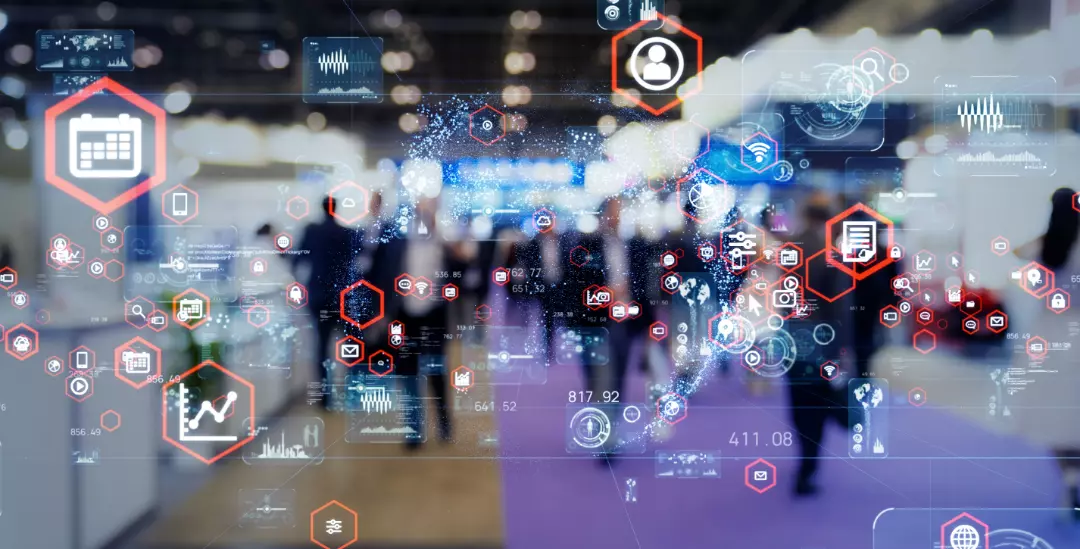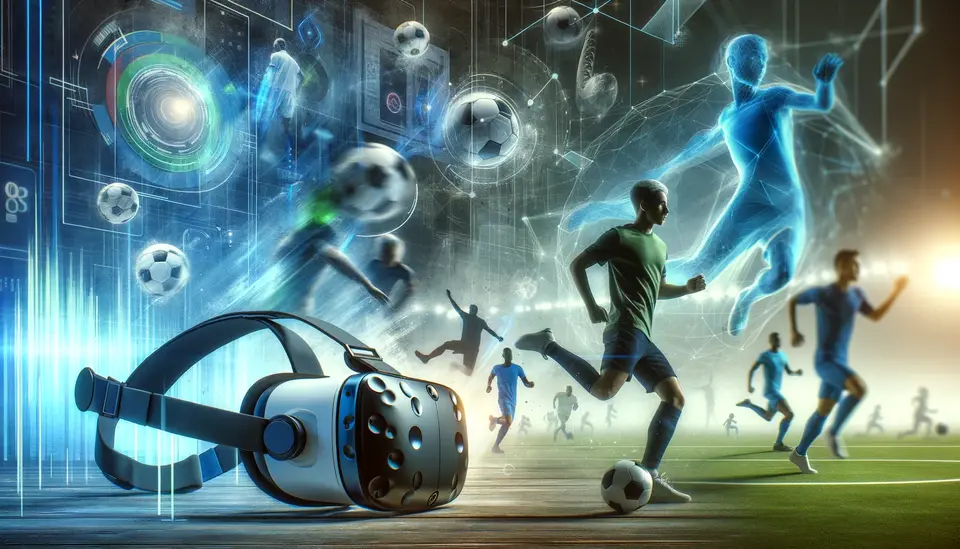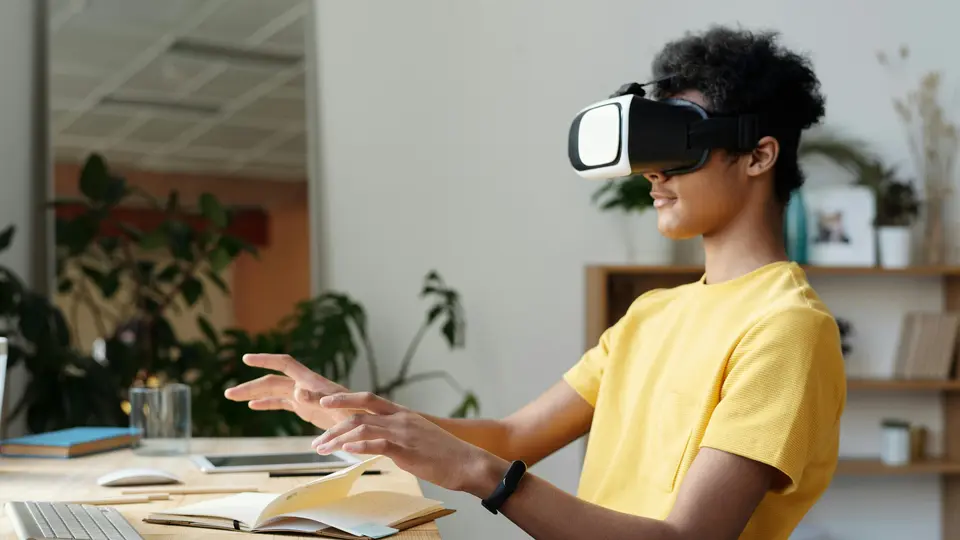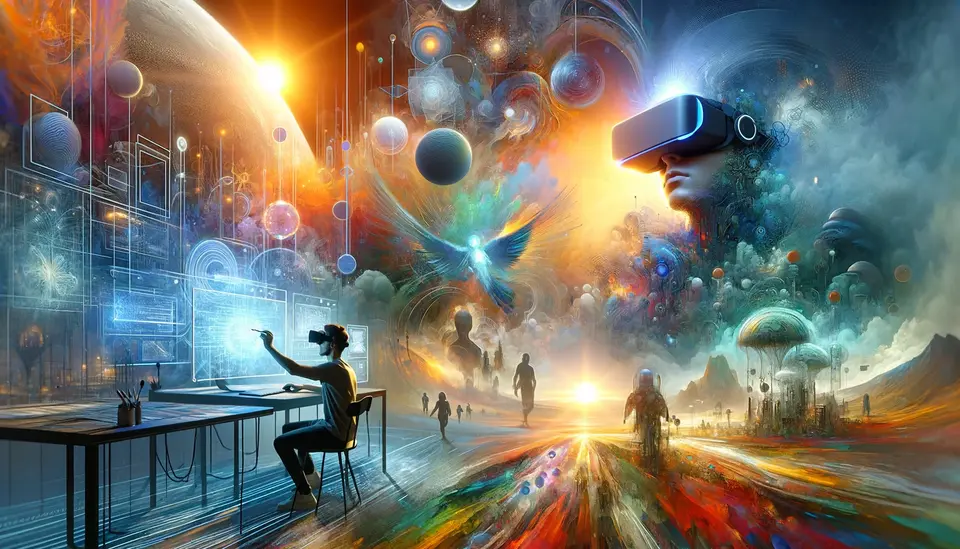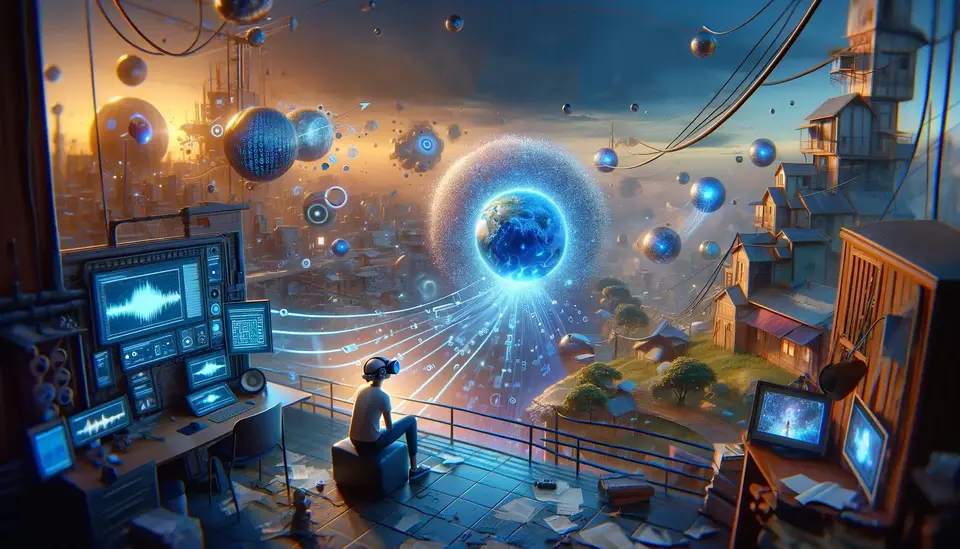15 Examples of the Use of Virtual Reality (VR) in Retail
Posted on March 30, 2023 4 minutes 795 words
Table of contents
- 1. Virtual fitting rooms
- 2. Product visualization
- 3. Virtual store walkthroughs
- 4. Immersive product storytelling
- 5. VR shopping assistants
- 6. Virtual reality product testing
- 7. Virtual showrooms
- 8. VR-enhanced training for retail staff
- 9. Virtual events and product launches
- 10. Gamification and loyalty programs
- 11. Personalized virtual shopping experiences
- 12. Virtual pop-up stores
- 13. Collaborative shopping
- 14. Virtual reality market research
- 15. The future of retail with VR
- Conclusion
Virtual reality (VR) is rapidly changing the way consumers shop and engage with brands. Retailers are embracing this technology to create immersive, personalized, and interactive experiences that enhance the customer journey. In this blog post, we’ll explore 15 real-world examples of how VR is revolutionizing the retail industry.
1. Virtual fitting rooms
Companies like Tommy Hilfiger and Topshop have introduced virtual fitting rooms, enabling customers to try on clothes and accessories using VR technology. Shoppers can create avatars based on their body measurements and virtually try on different outfits, reducing the need for physical fitting rooms and streamlining the shopping process.
2. Product visualization
IKEA’s VR app, IKEA Place, allows customers to view and interact with furniture items in 3D. Shoppers can virtually place products in their homes to see how they would look and fit, making it easier to make informed purchasing decisions.
3. Virtual store walkthroughs
Alibaba’s Buy+ is a virtual reality shopping platform that allows customers to explore stores and browse products using VR headsets. Users can virtually walk through the store, interact with products, and make purchases without leaving their homes.
4. Immersive product storytelling
Merrell, a footwear brand, created a VR experience called “TrailScape” to showcase their hiking boots. The immersive, interactive journey through a mountainside environment highlights the boots’ unique features, such as grip, support, and durability.
5. VR shopping assistants
H&M’s digital fashion assistant, developed in collaboration with Google, uses VR technology to help customers find products, answer questions, and provide personalized recommendations. The virtual assistant engages with customers using natural language processing and machine learning, creating a more personalized shopping experience.
6. Virtual reality product testing
The North Face offers a VR experience called “The North Face VR,” allowing customers to test out their outdoor gear in a simulated environment. Users can experience the brand’s jackets, tents, and backpacks in different weather conditions and terrains, ensuring the product meets their needs.
7. Virtual showrooms
Audi’s VR Experience allows customers to explore and customize their vehicles in a virtual showroom. Shoppers can change the car’s features, such as color and trim, and interact with the vehicle in a realistic, immersive environment.
8. VR-enhanced training for retail staff
Walmart uses a VR training program called STRIVR to train its employees in customer service, sales techniques, and store management. The immersive, interactive training modules help staff become better prepared and more knowledgeable, enhancing the overall customer experience.
9. Virtual events and product launches
Fashion brand Balenciaga used VR to showcase its Fall 2021 collection through a virtual fashion show. The immersive event allowed viewers from around the world to experience the collection firsthand, expanding the brand’s reach and engagement.
10. Gamification and loyalty programs
Sephora’s Beauty Insider program incorporates VR elements to reward loyal customers with unique experiences. Users can unlock exclusive VR content, such as behind-the-scenes footage and virtual makeup tutorials, by earning points through the loyalty program.
11. Personalized virtual shopping experiences
Nordstrom’s TextStyle service uses VR to offer personalized shopping experiences to customers. By analyzing shoppers’ preferences and purchase history, the virtual stylist recommends products tailored to their tastes and needs.
12. Virtual pop-up stores
Luxury fashion brand Gucci created a virtual pop-up store to showcase its limited-edition Décor collection. The immersive, interactive experience allowed customers to explore the pop-up store, view products, and make purchases, all within a virtual environment.
13. Collaborative shopping
VR app The Wild allows users to shop with friends and family in a virtual environment. The app enables customers to explore and interact with products together, even if they are in different locations. This collaborative shopping experience fosters social engagement and makes decision-making easier, as friends and family can share opinions and advice in real-time.
14. Virtual reality market research
Companies like InContext Solutions use VR to conduct market research for retailers. By creating virtual store environments, they can test different store layouts, product displays, and promotional strategies to gauge customer responses and optimize the shopping experience.
15. The future of retail with VR
As VR technology continues to advance, we can expect even more immersive and innovative retail experiences. The integration of AI, augmented reality, and other emerging technologies will further enhance the shopping experience, offering customers unparalleled convenience, personalization, and engagement.
Conclusion
Virtual reality is transforming the retail landscape, offering customers a more immersive and personalized shopping experience. From virtual fitting rooms to collaborative shopping, these 15 real-world examples showcase the diverse applications of VR in the industry. As technology continues to evolve, we can anticipate even more exciting developments that will shape the future of retail. Share your thoughts and experiences with VR in retail in the comment section below, and let’s explore this exciting new frontier together.

